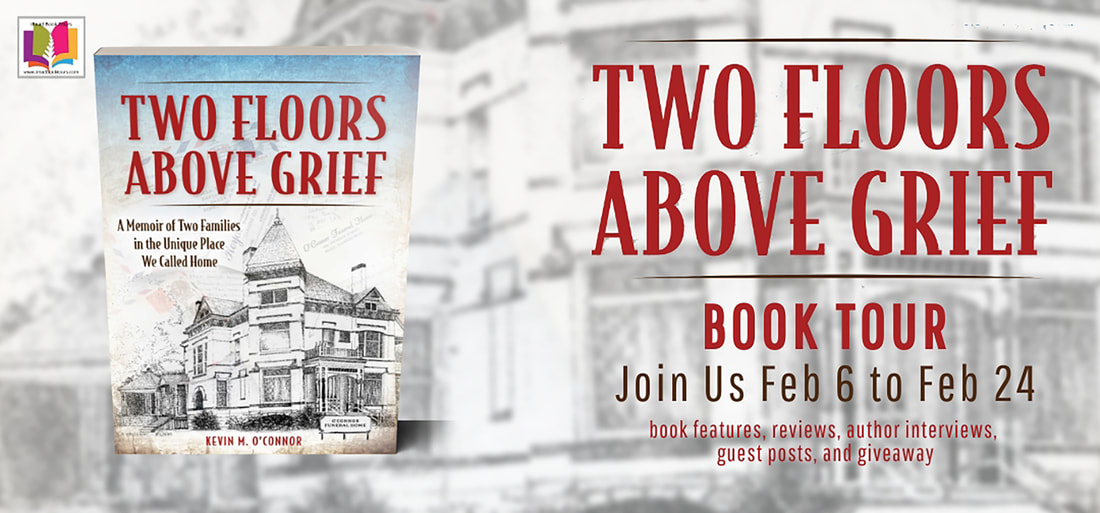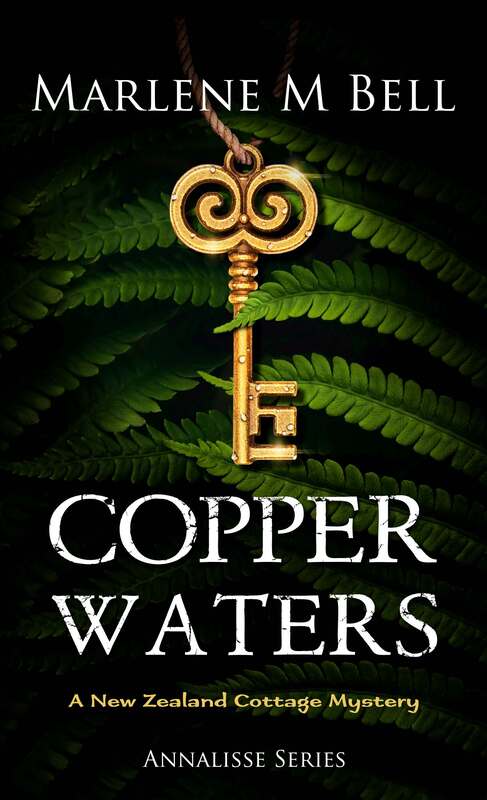How did I research Two Floors Above Grief?
Many of the stories in the book come from 700 pages of letters saved by my parents and me. I
organized 270 tabbed, dated entries in clear plastic sleeves ordered sequentially in four three-ring
notebooks. The gathered texts were handwritten or typed on materials, including stationary from
the family business, letterhead from Mom’s places of work, tablets of paper, backsides of theater
programs, typing paper, half sheets of notes sent by others, aerograms, postcards, and greeting
cards. Aunt Mildred used the notepads from the Royal Garment Company, the provider of a
selection of dresses for deceased females to wear at their “showings.” I maintain mental
snapshots of these letter writers sitting at desks and kitchen or dining room tables to reveal their
penmanship or press the keys of manual and, later, electric typewriters.
I also used newspaper accounts and articles about artifacts mentioned in the book, the house
pictured on the front cover, and aspects of history that include US Presidents, WWII, the JFK
assassination, and Vietnam War student protests.
Which was the hardest character to write? The easiest?
Since Two Floors Above Grief is a memoir, I knew most of the characters well. The character
most difficult to write about was Lawrence O’Connor. I did not have as many written resources
from him that authenticated his character. The easiest character to write about was Lawrence’s
wife, Mildred O’Connor. The letters written by her conveyed a character that was full of care
and humor. Reading her writing and translating that into her story sometimes made me laugh.
Also the information I had and experienced with her covered the years from 1950, when I was
born, until 1971, when she died. The other main characters of the book lived much longer. I had
more material about them. Hence, what I knew about Mildred was more confined.
In the book, I make a reference to pigeons. How did I come up with this idea?
The book's setting is primarily a three-story Victorian house built in 1886. Pigeons enjoyed
perching themselves on the roof lines and gutters of the house. They could be a nuisance because
they indiscreetly left their droppings on the driveway and the cars parked outside the house. My
Uncle Lawrence was protective of his property and the vehicles of those coming to the funeral
home for services. I write about Lawrence using a bb gun to shoot at the pigeons. I think the
written account provides a glimpse into Lawrence’s character.
What made me write a book about growing up as a child living in apartments above a
funeral home business?
I wrote the book because I have a story about growing up that, while common in some ways to
others, is different and individual. There are other books about funeral homes and the families
that inhabit the living spaces that are part of the business. My stories are about two families and
how we wove our individual families into one. I wanted to let readers know how the
personalities of the ten individuals who lived Two Floors Above Grief wove themselves together
in cohesive, lasting relationships.
Where did I get inspiration for my stories?
My inspiration comes from lived experiences. When I was a child living in the funeral home
environment, I didn’t often contemplate that my arrangement was so different. It was all I knew.
As I grew older and developed friendships and relationships throughout my life, I came to a
stronger sense of appreciation for the individuality of my upbringing. I wanted to share those
stories with others.
There are many books about funeral homes, family relationships, and the strength of parent-to-
child bonds. Two Floors Above Grief is different because most funeral home family residences
are about one family. The stories are about what it took to have two sets of parents raising
children born over a span of twenty years. The daughters of the second floor and the sons of the
third floor were cousins. Yet, they were raised as sisters and brothers. The book explains how
that occurred. Two autonomous families worked together in such a way to create one family
from two. It took some effort. The positive effects of the relationships continue to thrive 90
years after the oldest child's birth.
What advice would I give to budding writers?
Open yourself up to telling your story, whether it is a memoir based on actual events or a novel
with characters and settings that come from the imagination. There is no limit to stories to tell. If
you want to write your story or stories, seek assistance from others who can help you get started
and carry out the writing process. Writing can be quite solitary. Yet, the camaraderie and support
of writing instructors and others who were writing their stories propelled me through my writing
drafts, editing, and publishing. Keep writing. Keep sharing your stories. Keep open to the ideas
of others.
 Meredith Wargo
Meredith Wargo














